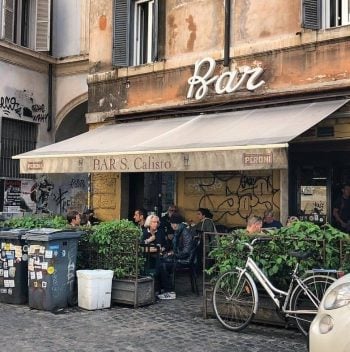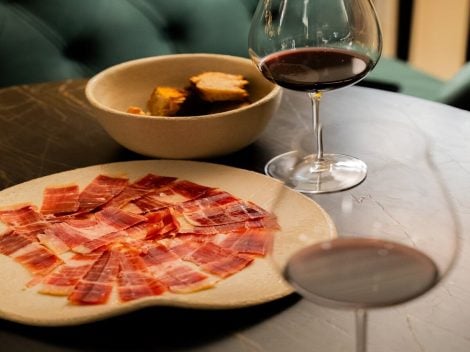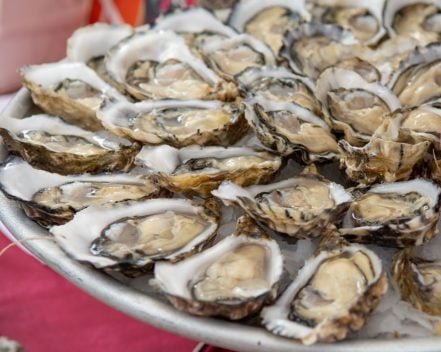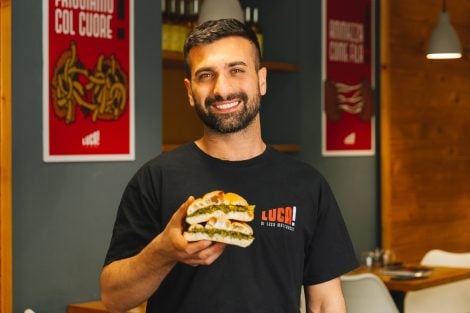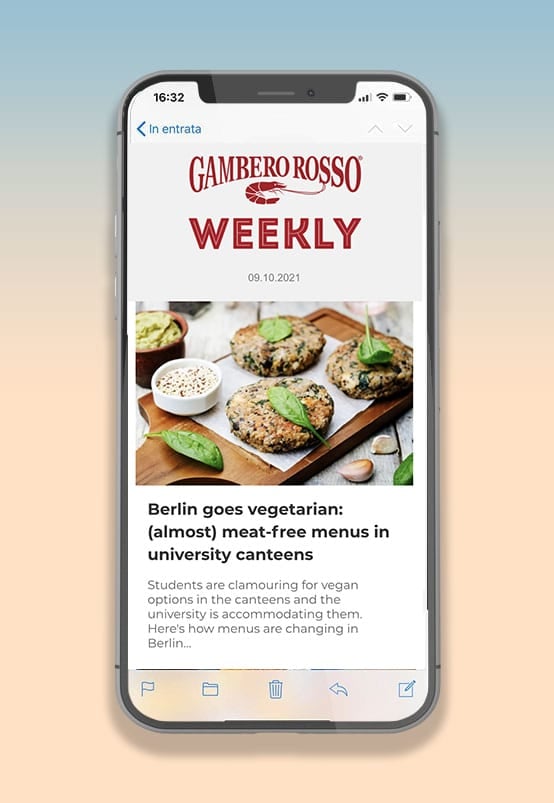Pina Belfiore, a senior inspector for the Michelin Guide (North America) for twenty years, a cultural anthropologist, and now a consultant and mentor in the restaurant field, moved to New York at the age of ten from Piedimonte Etneo, a Sicilian town at the foot of Mount Etna. After earning a degree in cultural anthropology and a master's in Food Studies at New York University, she began working for Disney/ABC Television. In 2005, she made her official debut as a Michelin inspector, a role she held for two decades.
In this interview, the former inspector shares her experiences and thoughts on the American restaurant industry and the evolution of the famous "Red Guide," while maintaining a keen eye on Italy, her homeland. She also highlights the principles and criteria that guide inspectors in awarding stars.
What is your personal and professional takeaway from these 20 years at Michelin?
Working as an inspector was far more than just a job: it was a dream, a calling, and an extraordinary and enjoyable experience. It involves much more than technically evaluating food: the job requires a cultural approach and significant curiosity. Being a cultural anthropologist allowed me to interpret food through a cultural lens, combining academic study with practical application. However, the most challenging aspect was finding a balance between constant travel and being a single mother in New York. But the true challenge lay in maintaining health: eating in this context constantly puts strain on the body.
How has the Michelin Guide changed over the years?
As announced and implemented by Gwendal Poullenec, the global director of the guide, the Michelin Guide has expanded worldwide over the past five or six years. There are now nearly 17,500 restaurants listed, from Abu Dhabi to Vietnam. The approach is different from the past. The guide has started collaborating with institutions in the tourism sector, as well as with individual cities, and also relies on corporate sponsors. This shouldn’t cause scandal, as the cost of producing a restaurant selection is high: all inspectors are full-time employees, there are extensive travel and transfer expenses, not to mention the lunches and dinners that Michelin fully covers. I believe this new approach is justified, and the costs should be shared. What remains sacred and essential are the boundaries that ensure the inspectors' absolute independence. While I understand the criticism of this new approach from the media and press, there’s no other way to cover so many "destinations" without additional funding.
Another major change has been the transition to digital formats and the Michelin app. Finally, there is the focus on sustainability with the introduction of the Green Star.
Have the criteria guiding inspectors' selections changed?
Nothing has changed in the inspectors' approach, which remains focused on five principles: the quality of the ingredients used, mastery of cooking techniques, harmony of flavors, the chef's "personality," and the consistency of the menu across multiple visits. Ultimately, regardless of changes in financial structure, the guide remains a selection, not a directory. Michelin's emphasis on anonymity ensures that the dining experience reflects the restaurant's usual quality, whether an inspector is present or not.
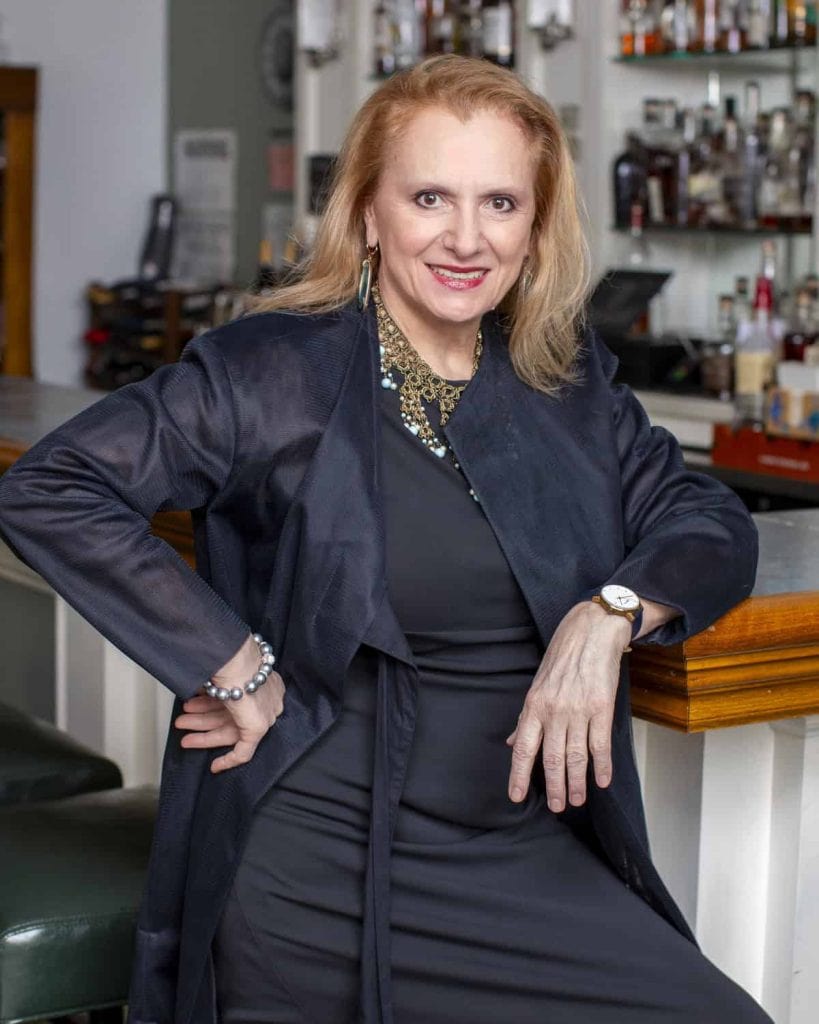
What is most crucial for earning a third star?
Personality. The ability to immediately recognize who is behind a dish. I’ll quote the Italo-Irish chef Angela Hartnett, who once said: "The first star is all about the food, the second is about the restaurant and the chef giving their absolute best, but the third star—think of Ferran Adrià, Heston Blumenthal, Gordon Ramsay—lets you identify them through their food."
A common criticism is that Michelin focuses too much on chefs rather than restaurants.
I disagree. The guide continues to award stars to restaurants, not chefs. Of course, the chef’s vision and background are fundamental.
Is fine dining really in crisis?
No, fine dining is not in crisis. However, the success of a high-end restaurant depends on the market. For example, achieving economic success in New York is extremely difficult, yet the rise of high-quality Korean dining has been remarkable. Let’s not forget the thriving ultra-private dining clubs! That said, there’s a growing divide between high-end and ultra-casual dining, with both dominating the future. Mid-range restaurants, however, will face tough times. There are still many consumers willing to travel and pay high prices. At the same time, chefs are exploring new ways to maintain fine dining standards while being more accessible, such as offering simpler menus in the main dining area while dazzling customers at the chef’s table. I’ve also noticed Michelin-starred chefs collaborating on pop-up formats with special menus.
In the United States, what changes have you observed in the restaurant industry?
The biggest shift has been the demand for quality, seasonal products, driven by more ethical, informed customers and the farmers' market culture in major cities. The quality of seafood has improved dramatically in key markets, and the omakase trend continues unabated. The pandemic had a significant impact on the restaurant industry in cities like New York, Washington, and Los Angeles, forcing many establishments to close. At the same time, culinary talent has emerged in places like St. Louis, Nashville, Little Rock (Arkansas), Michigan's Upper Peninsula, and New York's Hudson Valley. Suddenly, remarkable culinary talent is scattered across the country.
Many criticize that Italian cuisine in the U.S. is poorly represented in the guides.
This critique should be analyzed anthropologically, as it goes beyond Michelin’s role. What many respected publications call "Italian cuisine" is clearly Italo-American. Moreover, Italo-American cuisine varies by city—New York, New Orleans, San Francisco, Dallas, Philadelphia, Boston, Chicago, St. Louis. It’s nearly impossible to categorize it across the U.S., given deeply ingrained consumer expectations and tastes shaped by memory. Furthermore, this cuisine has often been defined by non-Italians.
Can you elaborate?
Let’s avoid blaming past immigrants who adapted their cooking to the ingredients available in the pre-globalization era. Instead, let’s focus on the present. Does Italy, with its spectacular, unique products and regional cuisines, support chefs abroad the way South Korea has with its "gastrodiplomacy" initiative, which has made authentic Korean cuisine accessible worldwide? Italian cuisine in the U.S. is indeed underrepresented. During my 20 years at Michelin, we worked hard to select some of the most representative Italian restaurants. In the end, only a handful earned stars—some truly authentic and reflective of Italian cuisine.
For example?
One of my favorites was Del Posto under chef Mario Batali, as well as Quince by chef Michael Tusk, Rezdora by chef Stefano Secchi, Masseria by chef Nick Stefanelli, Fiola by chef Antonio Mermolia, and Gucci Osteria in Beverly Hills. Currently, I admire what Torrisi is doing in SoHo, NYC. There’s infinite talent, but why must Americans turn to movies like Big Night or Dinner Rush to understand Italian cuisine? Meanwhile, the Michelin Guide in Japan lists about 90 Italian restaurants, many run by Japanese chefs trained in Italy. The same goes for starred Italian restaurants worldwide, except in the U.S.
What is the cuisine of the future, and what trends should we watch for in the U.S.?
Politics and policy will shape the future, especially under new administrations. What’s clear is that the future will increasingly focus on American regionality: indigenous ingredients from Michigan's Upper Peninsula, ancient grains and corn from Texas, Arizona, and New Mexico, and African history and produce via the Gullah-Geechee connection between Georgia and West Africa. Regenerative agriculture is gaining momentum, alongside a renewed emphasis on health-conscious diets and national products, such as American cheeses, which are gaining global recognition. If the U.S. fully embraces its agro-food and gastronomic resources, it could have a worldwide impact.
Which Italian region deserves more attention?
Calabria—a true gem. It’s hard to describe the experience of tasting dishes crafted with artistry born from millennia of history, rooted in the lives of farmers and pride in their craft. The bread, pickles, oils, tubers, cheeses, and game (like wild boar) are extraordinary. While the seafood impressed me less, everything else is astonishing.
After your Michelin career, what experience would you like to share?
I’d love to share the unique experiences only fine dining can offer, but I’d like to do so as a consultant and mentor. Mentorship is particularly important to me because it helps and supports many chefs and Italian cuisines by building a community of suppliers, services, products, and staff. How can we present and defend authentic Italian cuisine? That’s what I hope to fully dedicate myself to. I’ve traveled the world, eating at the most incredible places, but my heart always beats for Italy, its marvelous products, and its food.


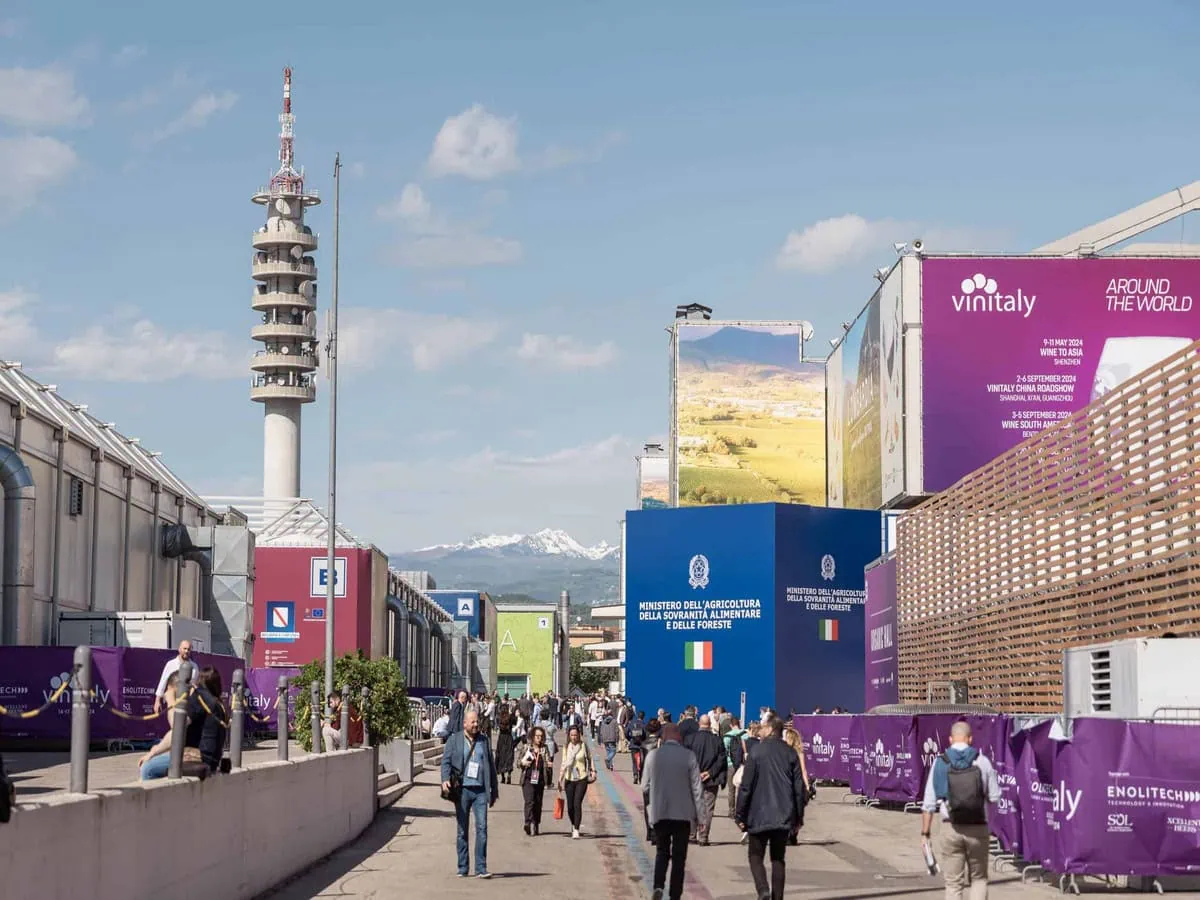 Veronafiere closes 2024 with its best-ever financial results and confirms Federico Bricolo as Chairman
Veronafiere closes 2024 with its best-ever financial results and confirms Federico Bricolo as Chairman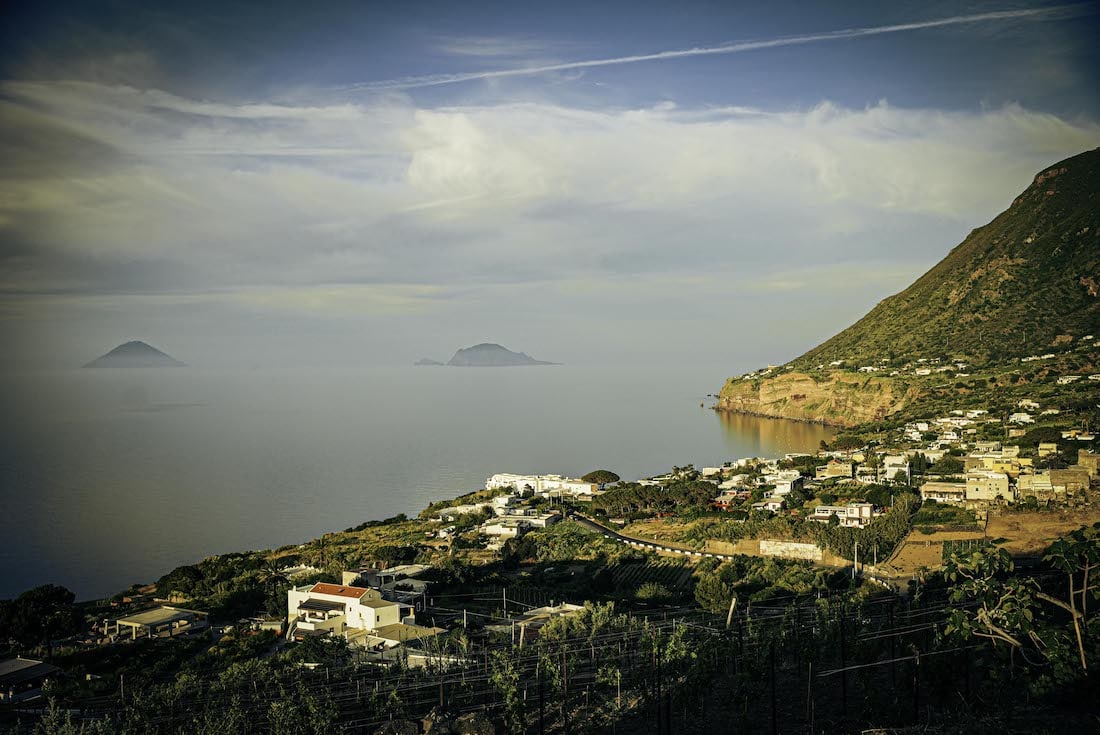 Not just Passito: it’s dry Malvasia driving the wine economy of the Aeolian Islands
Not just Passito: it’s dry Malvasia driving the wine economy of the Aeolian Islands In the United States, it’s Prosecco mania – despite Trump’s tariffs. And the credit goes to women
In the United States, it’s Prosecco mania – despite Trump’s tariffs. And the credit goes to women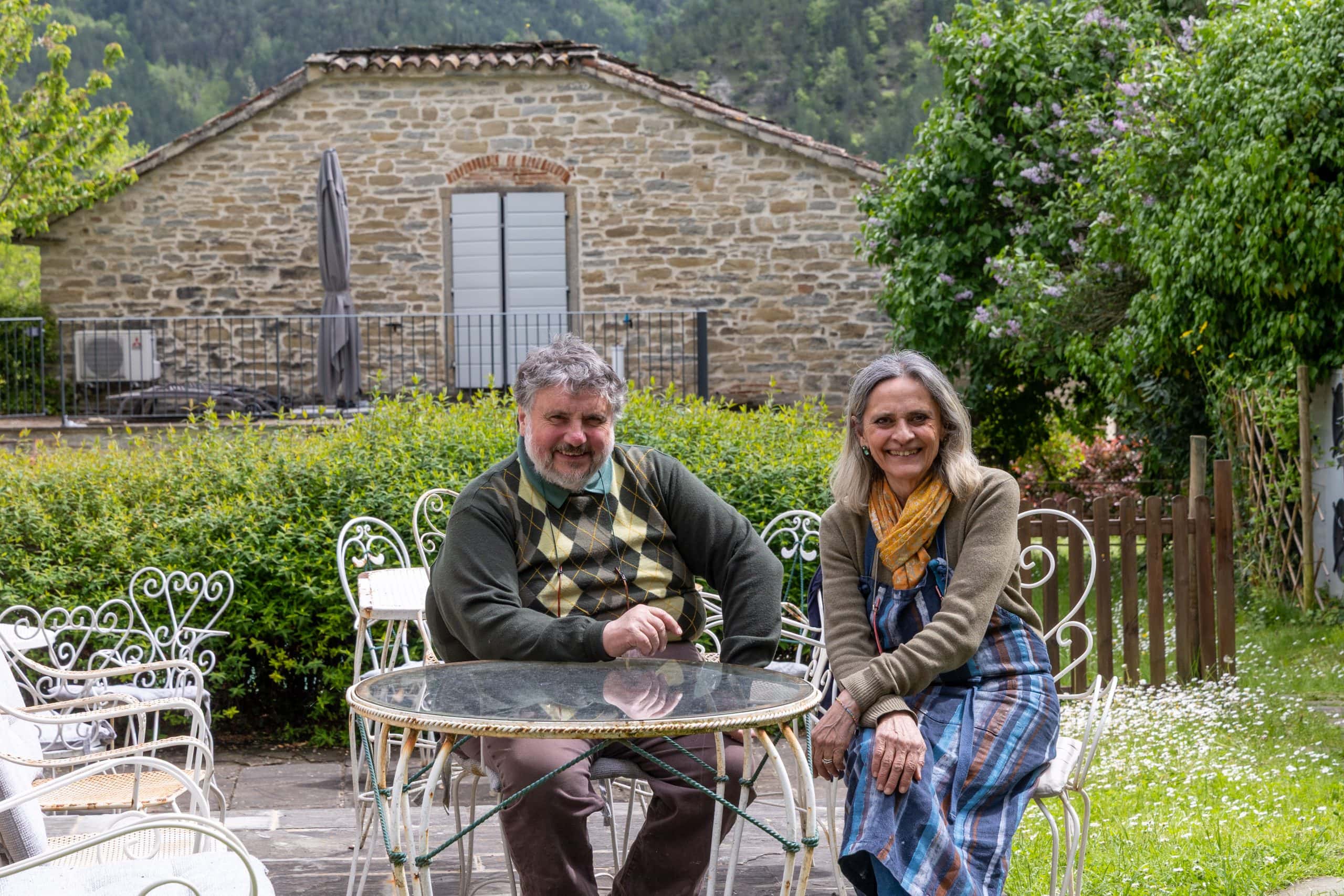 In Romagna, there's an osteria opened in an old rectory that has breathed life back into a depopulated village
In Romagna, there's an osteria opened in an old rectory that has breathed life back into a depopulated village Dining with the Cardinals: here’s what they eat during the Conclave
Dining with the Cardinals: here’s what they eat during the Conclave

